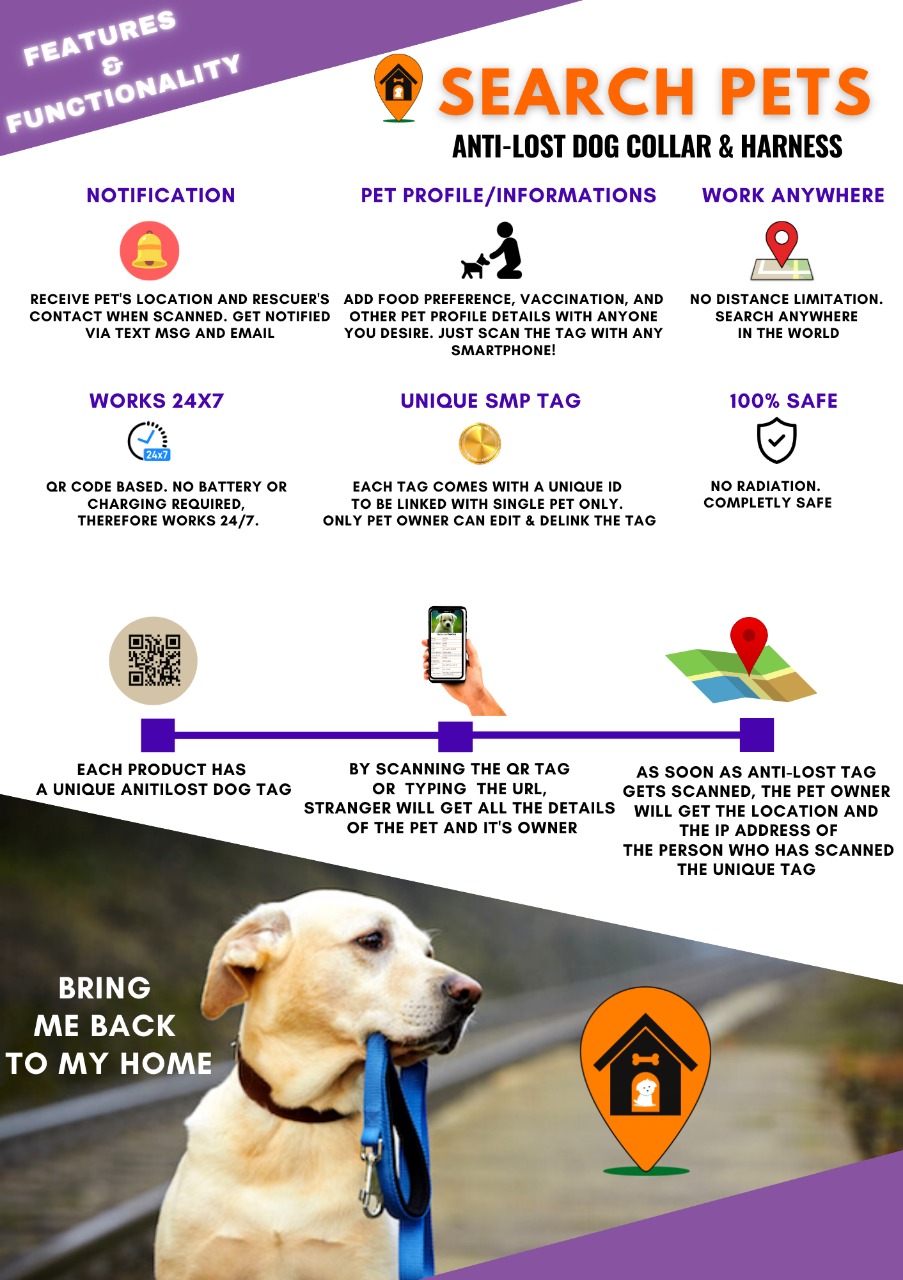Discover the Best Easy to Handle Pets for Your Family: A Comprehensive Guide
Guide or Summary:Introduction to Easy to Handle PetsWhy Choose Easy to Handle Pets?Types of Easy to Handle PetsBenefits of Easy to Handle PetsIntroduction t……
Guide or Summary:
- Introduction to Easy to Handle Pets
- Why Choose Easy to Handle Pets?
- Types of Easy to Handle Pets
- Benefits of Easy to Handle Pets
Introduction to Easy to Handle Pets
When it comes to choosing a pet, many families are looking for companions that are not only adorable but also easy to manage. Easy to handle pets can provide joy and companionship without the overwhelming responsibilities that come with more demanding animals. In this guide, we will explore various types of easy to handle pets, their characteristics, and why they might be the perfect addition to your family.
Why Choose Easy to Handle Pets?
The decision to bring a pet into your home is significant and should be made with careful consideration. Easy to handle pets are ideal for families with young children, busy lifestyles, or those who may not have extensive experience with animals. These pets typically require less maintenance, making them suitable for first-time pet owners or those who may not have the time to dedicate to more complex animals.

Types of Easy to Handle Pets
1. **Fish**: Fish are often considered one of the easiest pets to care for. They require a suitable tank, regular feeding, and periodic water changes. They do not demand physical interaction, making them perfect for busy families. Popular choices include bettas, goldfish, and guppies, which come in various colors and sizes.
2. **Hamsters**: Hamsters are small, furry creatures that are easy to handle and require minimal space. They are nocturnal, which means they are active during the night and can be a fun pet to observe. Hamsters are low-maintenance, needing only a clean cage, food, and occasional playtime outside their habitat.
3. **Guinea Pigs**: These social animals are known for their friendly nature and ease of handling. Guinea pigs enjoy companionship, so it's often recommended to keep them in pairs. They require a spacious cage, fresh vegetables, and hay, but their gentle demeanor makes them great pets for children.

4. **Cats**: While some cats can be quite independent, many breeds are known for being easy to handle. Cats generally require less attention than dogs and can be left alone during the day. Breeds like the Ragdoll or British Shorthair are known for their affectionate and calm nature, making them excellent companions for families.
5. **Small Dogs**: Certain small dog breeds, such as Cavalier King Charles Spaniels or French Bulldogs, are known for their easygoing temperament. They require regular walks and playtime but are generally manageable for families. Small dogs can adapt well to various living situations, making them versatile pets.
Benefits of Easy to Handle Pets
Choosing easy to handle pets comes with multiple advantages. Firstly, they often require less time and effort, allowing families to enjoy their companionship without the stress of extensive care routines. Secondly, these pets can teach children responsibility and empathy without overwhelming them. Lastly, easy to handle pets can fit into various lifestyles, whether you live in an apartment or a house with a yard.

In conclusion, easy to handle pets can bring joy and companionship to your home without the demanding care that some animals require. Whether you choose fish, hamsters, guinea pigs, cats, or small dogs, these pets can enrich your family's life while being manageable and fun. When selecting a pet, consider your family's lifestyle and the specific needs of the animal to ensure a harmonious relationship. With the right choice, you can enjoy the many benefits of pet ownership without the added stress.